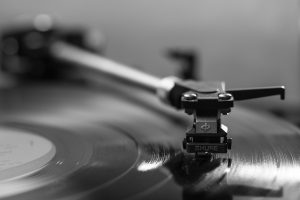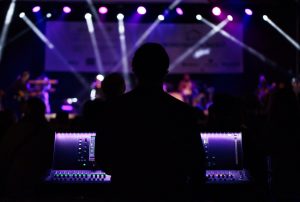Sound Design in a Nutshell: Everything You Need to Know
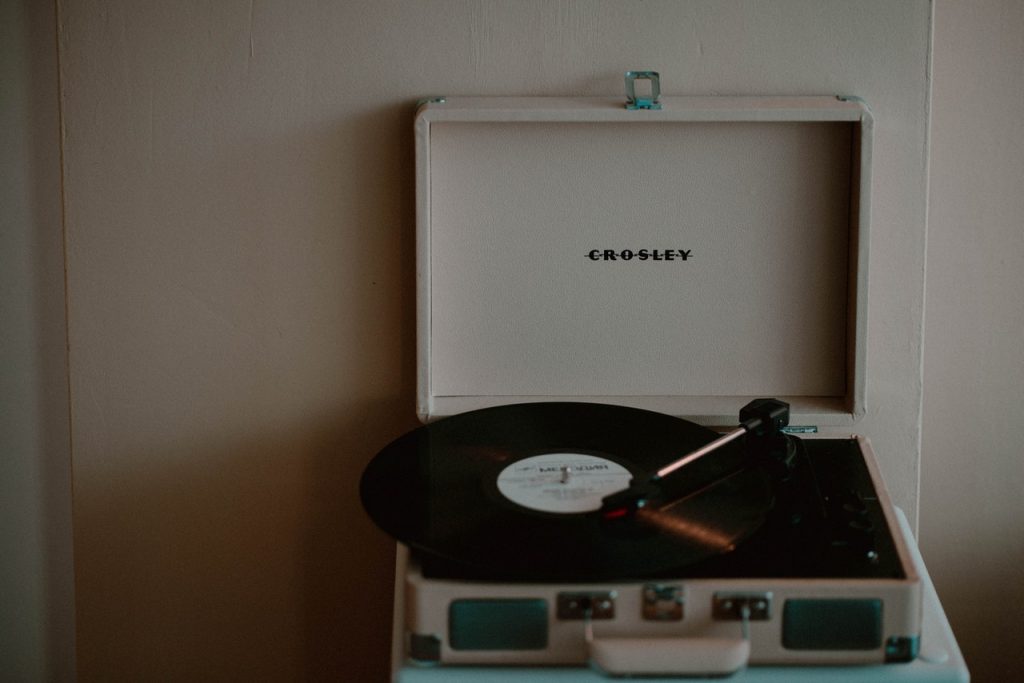
What are the brightest memories we are left with after watching a movie or a TV series? No doubt, the breathtaking views and astounding visual effects they abound in. Yet, what we hear is no less important than what we see. That is why for many of us, Star Wars is associated with such iconic sounds as the low humming of a lightsaber or Darth Vader’s heavy breathing and War of the Worlds – with the piercing horn-like calls the hideous Tripods emitted. So it is no wonder that one of the categories Oscar is awarded in is the best sound, which eventually recognizes the role of sound designer among the key ones in the ultimate success of the entire film.
What is Sound Design?
In the popular mind, sound design boils down to recording sounds that we hear watching a movie or playing a computer game. However, it is a misconception grounded on underestimation. In fact, the sound design team is responsible for creating an entire soundscape for any creative production. Sound designers acquire, record, and generate audio components through their digital processing.
Any sound design deals with five audial elements:
- Music. This encompasses both songs and lyrics-free instrumental pieces used in an art performance.
- Voice-over. The storyline is often commented on by a narrator or one of the characters who speak behind the screen events.
- Ambiance. This is background noise often used to set a scene. It is essential that ambiance shouldn’t interfere with the focus sound.
- Foley. It is another element that adds up reality to the scenes. When we see someone walking or taking a seat we should hear footsteps and rustling of the clothes.
- Audio effects. These include artificial sounds like an Alien’s eerie hissing that are invented by creative sound designers to breathe life into make-believe scenes.
In the first four cases, a sound designer manipulates previously recorded sounds and musical tracks to create the desired effect. Yet, the role of sound designer enhances tremendously when there is a need to let the audience hear sounds you can never record or which don’t exist in real life. For instance, we can’t tape the bellowing of mammoths or dinosaurs nor the noise of interstellar spaceship engines. On this wise, a sound designer effectively transforms into a sound composer whose imagination and intuition enable us to get the most fantastic aural impressions that accompany a piece of visual art.
Creative vs Real Sound Design
On the one hand, inventing new sounds may appear a greater challenge for the creativity of a sound designer. Imagining how unearthly creatures can yell or what sounds a mechanism of the remote future will produce requires intense efforts and elaborate powers of association. In comparison to it, the real sound design employed in Foley might seem a cakewalk. At first sight.
However, real-life noises are more familiar to people so they must be recreated with minute precision to take them for what they are. Moreover, even simple actions of characters – like hair combing – are accompanied by a whole complex of sounds. Picking up the brush from a glass shelf in the bathroom, soft swishing of the hair through which it moves, people talking in the next room, water churning in the sink – all of them should be combined and sound natural without drowning the speech of characters.
The History of Sound Design
Officially being just under 50 years old, this activity has been around for centuries, in fact, when theater remained the only application area for sound design. This oldest art leveraged instrumentalists who performed live during shows as well as behind-the-stage sound effects that before the invention of recording and playback equipment were also a live issue. Proto sound designers employed various mechanical contraptions (knockers, locks, and mini doors with a set of bolts) and even weapons (for battle scenes) to mimic a necessary noise in order to let spectators feel inside the story.
The evolution of sound design in theatre proceeded in the direction of sophisticating the utilized sound systems that today consist of hundreds of microphones and loudspeakers working and being controlled simultaneously. However, a most powerful boost to the development of sound design as a special profession was given by the advent of cinema and television, promising a good career to people engaged in it. These industries employ sound design on a large scale, paying close attention to the audio element that accompanies visuals.
It is in the movie-making that the concept of “underscore” originated. It is music and sound reproduced underneath actors’ dialogues and monologues that help to translate their emotions or create a special mood within the audience. Eventually, sound designers became an inalienable part of any shooting team, with sound effects growing into complex and multi-layered undertakings that are vital for superb storytelling.
Technological progress in sound design has had a tectonic impact on theater and playwriting. The old tradition allowed plays mostly to be single-location stories related in rather naturalistic settings. The performances of the early third millennium have expanded maneuverability boundaries, increasing reliance on sound design and lighting to transport the spectator into any landscape the plot requires.
Today, sound design is widely used in a range of industries.
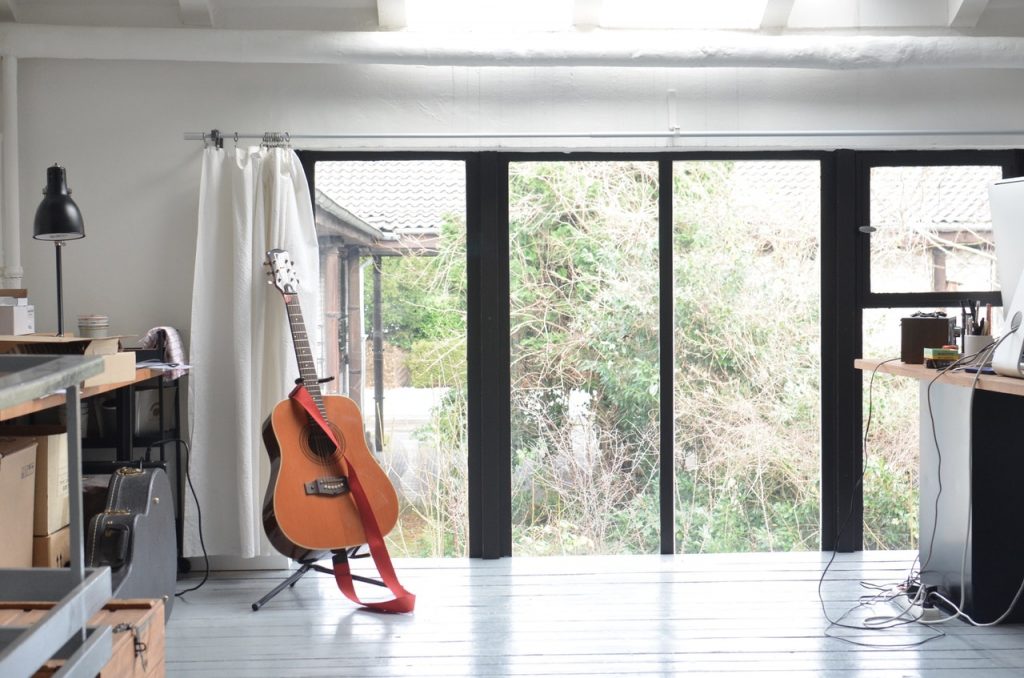
Sound Design Market Scrutinized
What are the major fields that employ sound designers?
- Movies and TV. This is a bread-and-butter industry where sound design is leveraged to augment the video component. If you mute the sound while watching a movie whenever the dialogue is absent you will probably be hugely disappointed by the poor impression the film or show makes. Especially if it abounds in battle scenes, car crashes, natural catastrophes, and other “loud events”. And for animated films, soundtracks and aural effects are of paramount significance.
- Theater. Modern stagecraft is oftentimes accompanied by projection and multimedia display shows, to say nothing of conventional audio effects. And if the performance is a musical, its director just can’t do without a sound designer.
- Music. The sound design in music production is used for sampling, sound mixing and editing, arranging effects in a vocal chain, and even for digital sound creation. All of them can be applied in any genre of music but for electronic music sound design is a sine qua non.
- Video games. Audio effects redound to the gaming experience making it a truly immersive one.
- Toys. State-of-the-art toys (like VO or lasers) impress kids not only with their functionalities but the sounds they emit as well.
- Business. You may ask “why is sound design important for business?” Well, remember what you hear when you boot Mac or Windows. These sounds are now a part of their brand image.
Modern sound design is a high-tech venture where specialists are responsible for a multitude of tasks.
What Does a Sound Designer Do?
There are several areas of operation for a sound designer.
- Selecting, editing, and remixing original music that is a part of a movie’s soundtrack or cooperating with live musicians if it is a theater.
- Advising on the best way to hear performers and adjusting radio equipment to that end.
- Creating and recording sound effects if it is sound design in film making or using onstage props in the theater.
- Designing and implementing a sound system honed to solve specific audio tasks.
Naturally, to be able to cope with this multitude of errands, a sound designer can’t go by creativity and the sense of artistic taste alone. A refined knack for hearing is also a must. To excel in this realm, a person should have a well-developed ear for all components of music (melody, timbre, rhythm) as well as deep competence in acoustics. Since the chief purpose of audio footage in a performance is to create a special atmosphere and evoke emotions of the audience, sound designers must divine the connection between the sound and psychic state of a person, de facto acting as shrewd psychologists.
Since modern sound manipulation is essentially an IT-reliant affair, sound designers must also possess a wide array of technical skills to work with synthesizers, samplers, audio software, plugins, and other digitally-powered devices and technologies.
The Brass Tacks of Sound Design Production
The process of sound design typically involves three basic stages.
1. Recording and Design
The sounds that are recorded can be originally created by the designer employing a variety of tools (as a rule, experts make use of a MIDI keyboard) or obtained from a sound library – a collection of ready-to-use sounds and noises. Libraries are highly instrumental for low-profile productions but large-scale projects necessitate original sound effect creation tailored to suit a specific film or performance.
2. Mixing, Editing, and Implementation
Once the sound arsenal is ready, designers slice and dice to make them work in harmony and then synchronize the audio with the video thus embedding sound effects into the project. The implementation procedure requires the use of DAWs (Digital Audio Workstations) and sound engines. The latter is specific software applied to create audio footage of computer games where the sound is not the linear audio symptomatic of movies.
3. Sound Effect Recording Mix
Here, the final sound mix is produced where the major audio track is supplemented with additional sound effects, music, and dialogues.
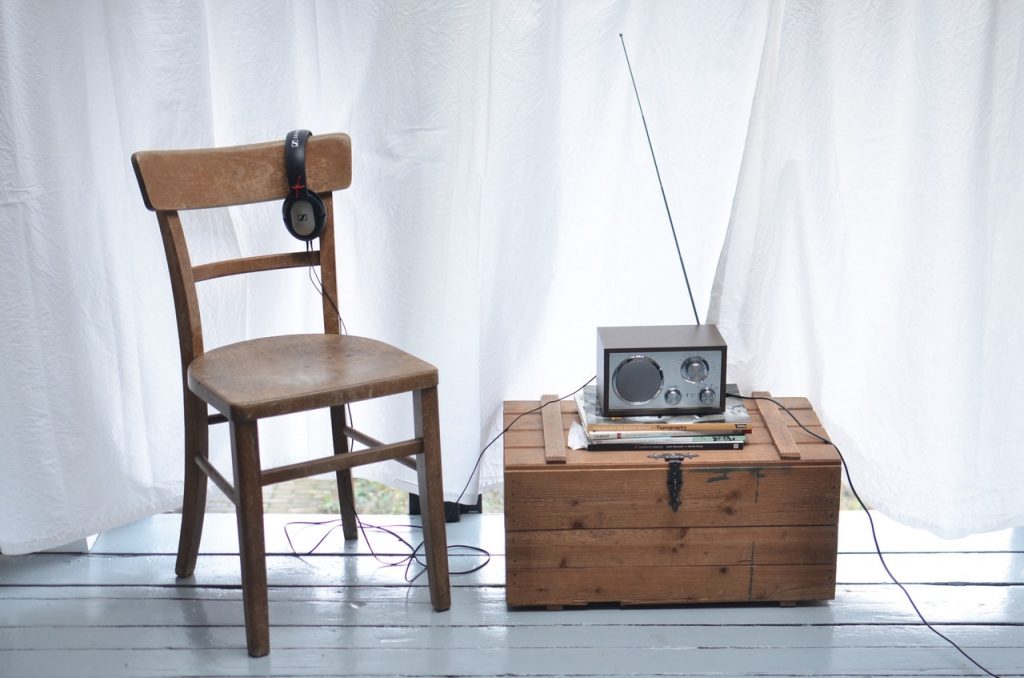
Who Does a Sound Designer Work with?
Being a huge undertaking, sound design can’t be a solo endeavor. Sound experts closely collaborate with numerous creative specialists to do their job well. The key figures among them are:
- Music editors. These guys define the style of music a product needs, its purpose, and moments when it will be heard. Sound designers should make sure the audio effects they implement will match with the music.
- Dialogue editors. They edit script recordings and synchronize them with acting and animation.
- Sound effect editors. They are responsible for creating an entire range of ambient background noises – from clock ticking and car honking to birds chirping and wind howling.
- Foley artists. These people are employed mostly by major-league studios that engage them to create door squeaking, glass breaking, and similar sounds.
- Supervising sound editors. They are in charge of the whole sound design content, serving as a liaison link between the sound crew and picture editor or showrunner. Their responsibilities range from recruiting a team of sound editors and general definition of creative styles to arranging Foley recording sessions.
And if a need arises, sound designers come into contact with directors, producers, composers, lighting designers, and other people to make the finished product sound truly amazing.
Conclusion
Sound design is a coal-and-ice part of creative art production that complements visual effects and generates the atmosphere in accordance with the author’s idea. Being a complex and highly specialized endeavor, it can succeed only if entrusted to professionals. The seasoned specialists of Paul Dubrovsky possess the requisite expertise and experience to implement any sound design project, delivering a high-quality product at a reasonable price.







